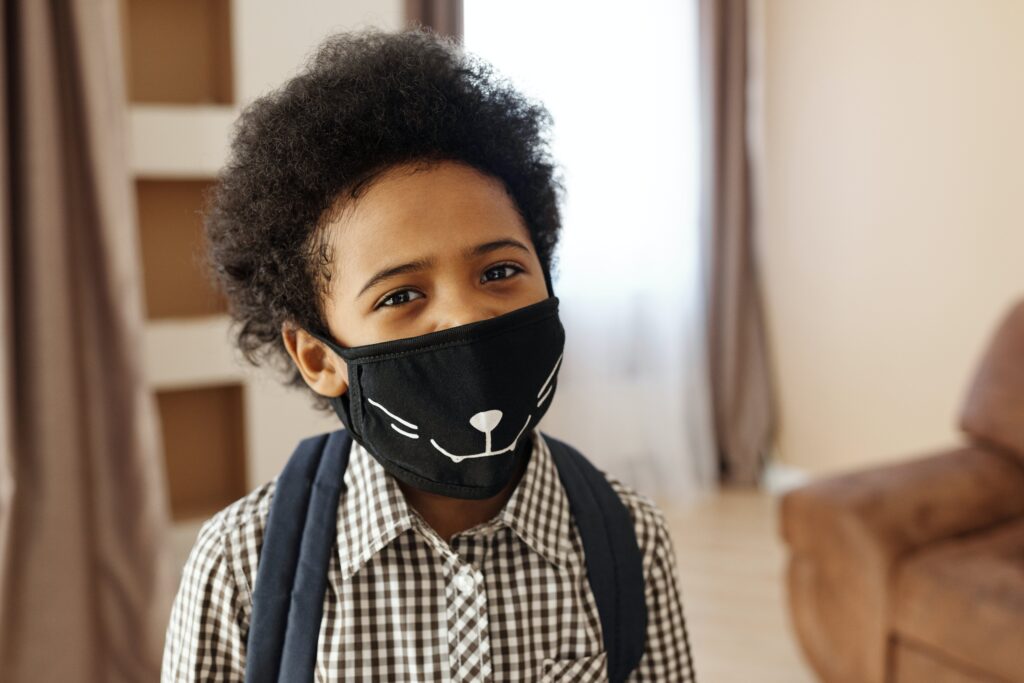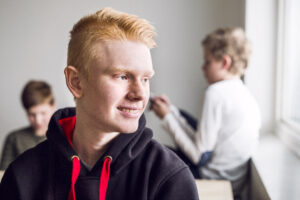By Ashley Davis, Wood’s Homes Community Resource Team Crisis Counsellor.
With most children returning to school this week, parents are being tasked with yet another challenge in this ‘new normal’ world – how to prepare their children for mask wearing at school.
Here are some quick tips and things to keep in mind when helping your child navigate some of the challenges they will face:
- Be patient. Wearing masks is new and can be uncomfortable for adults, let alone children who have not quite figured out how to manage that discomfort. Your children will need you to share your calmness with them though this. The more you role model mask wearing, the more normal it will become.
- Practice, practice, practice! Practice by having your children hold their masks at first, and then by having them touch it to their nose and put it on. Go for a short walk through a store. Then, maybe go to a mall.
- Children learn through play. Any change you get to integrate mask wearing into a game, do so. Does your child’s favourite toy need a mask? How many superheroes can you name that wear masks? Pull out a favourite picture book and draw masks on the characters.
- Plan ahead for lost or misplaced masks (yes, this is going to happen… a lot). Have some extras packed away in a ziplock bag in their backpack.
- Allow your children to express their feelings about mask wearing, and remember that it’s ok for them to express annoyance, anxieties or frustration. Give them space to talk about the bad things about mask wearing and then move onto some of the good things.
- Praise mask wearing with positive, cheerleading statements. Check in with teachers for feedback on how your child is doing with wearing their mask. When possible, use “when [this], then [this]’ statements to help avoid power struggles – e.g. “When you get your mask on, then we can go see your friend.”
- Get creative! If possible, use some of their old clothes to make masks. This can be particularly helpful for children with sensory issues, as it will help ensure more comfort and familiarity. Explore options such as face shields and/or bandanas, where possible and appropriate. Ask your child which one they think you should wear (e.g. “This one or this one?”), then offer them a choice on which one they would like to wear themselves.




